Oil sails from Russia to Asia faster on smaller ships
SHARON CHO
SINGAPORE (Bloomberg) -- With supertankers booked solid carrying cheap crude, smaller vessels are taking advantage of the opportunity by hauling record volumes of Russian oil to Asia.
Aframax ships that ply the route between the Russian port of Kozmino and North Asia in three days, compared with journeys of a month for supertankers from the Middle East, are carrying the most ever East Siberian Pacific Ocean Pipeline oil to China, South Korea and Japan. The demand has pushed ESPO’s price to the highest since July versus benchmark Dubai crude, according to industry consultant KBC Energy Economics.
Oil buyers are hiring 30% more Aframax tankers compared with last year’s average, potentially benefiting owners including Mitsubishi Corp., Hin Leong Trading Ltd. and Sinokor Merchant Marine Co. The glut that drove global prices down by about half lifted demand for stockpiling at sea in the biggest vessels, pushing their rates in December to the highest for any month since January 2010, and more than double those for the smaller ships.
“Russia is sending more and more crude to Asia at the expense of Europe, while interest in offshore storage has returned and freight rates have increased,” Ehsan Ul-Haq, a senior market consultant at KBC in Walton-on-Thames, England, said by phone.
ESPO Premium
Stronger demand for Russian crude helped ESPO fetch as much as $3.50/bbl more than the benchmark Dubai grade for cargoes loading in March, according to data compiled by Bloomberg, up from a $2 premium in January.
A total of 26 cargoes of ESPO crude, or a record 615,000 bpd, are scheduled to be shipped in March, according to a loading schedule obtained by Bloomberg. That’s 30% more than a monthly average of 20 loadings last year, data show.
An Aframax sailing from Kozmino to Japan’s Chiba port was fixed at a rate of $0.90/bbl this month, little changed from what it cost in October, according to Seatown Shipbroking Pte.
The price for hiring a supertanker from the Arabian Gulf to Japan surged to a five-year high of $2.38/bbl in December, compared with $1.34 in June, before the collapse in oil prices began, data compiled by Bloomberg show. The rate has averaged $2.20 this year.
Front-month futures for Brent, the benchmark for more than half the world’s crude, averaged $5.56/bbl below six-month contracts during January, compared with a $2.77 premium in June, data compiled by Bloomberg show. They were at a $3.89 discount at 12:54 p.m. London time on Feb. 26. This market structure, known as contango, may make it worthwhile for traders to store oil and petroleum products to sell later.
Time Charters
Vitol Group, Koch Industries Inc., Royal Dutch Shell Plc and Trafigura Beheer BV have booked tankers that could be used to store crude at sea for one-year charters, according to reports from shipbrokers including Optima.
As many as 35 tankers were booked for time charters with capacity to store as much as 66 MMbbl, according to three shipping reports compiled by Bloomberg on Feb. 7. More than half of the vessels were fully fixed for periods of six months to two years.
Spokesmen at Sinokor Merchant Marine, Hin Leong and Mitsubishi, shipping and trading companies that operate vessels on the Kozmino-to-Northeast Asia route, declined to comment on the tanker market.
Siberian Pipe
Russia built the ESPO pipeline, a 3,000-mi link from the Siberian town of Taishet to Kozmino on its east coast to supply more crude to Asia as demand from traditional markets in Europe slowed. The port loaded its first cargo in 2009, while the pipe was completed in 2012.
“Asia is the only market that is witnessing any increases in oil demand,” said Hong Sung Ki, a commodities analyst at Samsung Futures Inc. in Seoul. “With Russia and OPEC producers both eyeing the Far East, the price war has begun for bigger market share and we’re likely to see more and more of it.”
Russia boosted sales of its crude to China, Japan and South Korea by 25% last year, increasing its portion of shipments to 8.7% from 7.2% in 2013, according to government data compiled by Bloomberg.
The proximity of the Kozmino port to Asia presents ESPO with a benefit versus Middle East crude, which takes about a month to arrive in the Far East.
“For the Russian grade, immediate demand from the regional refiners could be met because of the geographical advantage,” the Korea Petroleum Association, a Seoul-based group that represents the country’s refiners, said in an e-mail. “As a result, we’re seeing the crude getting more and more attention.”


